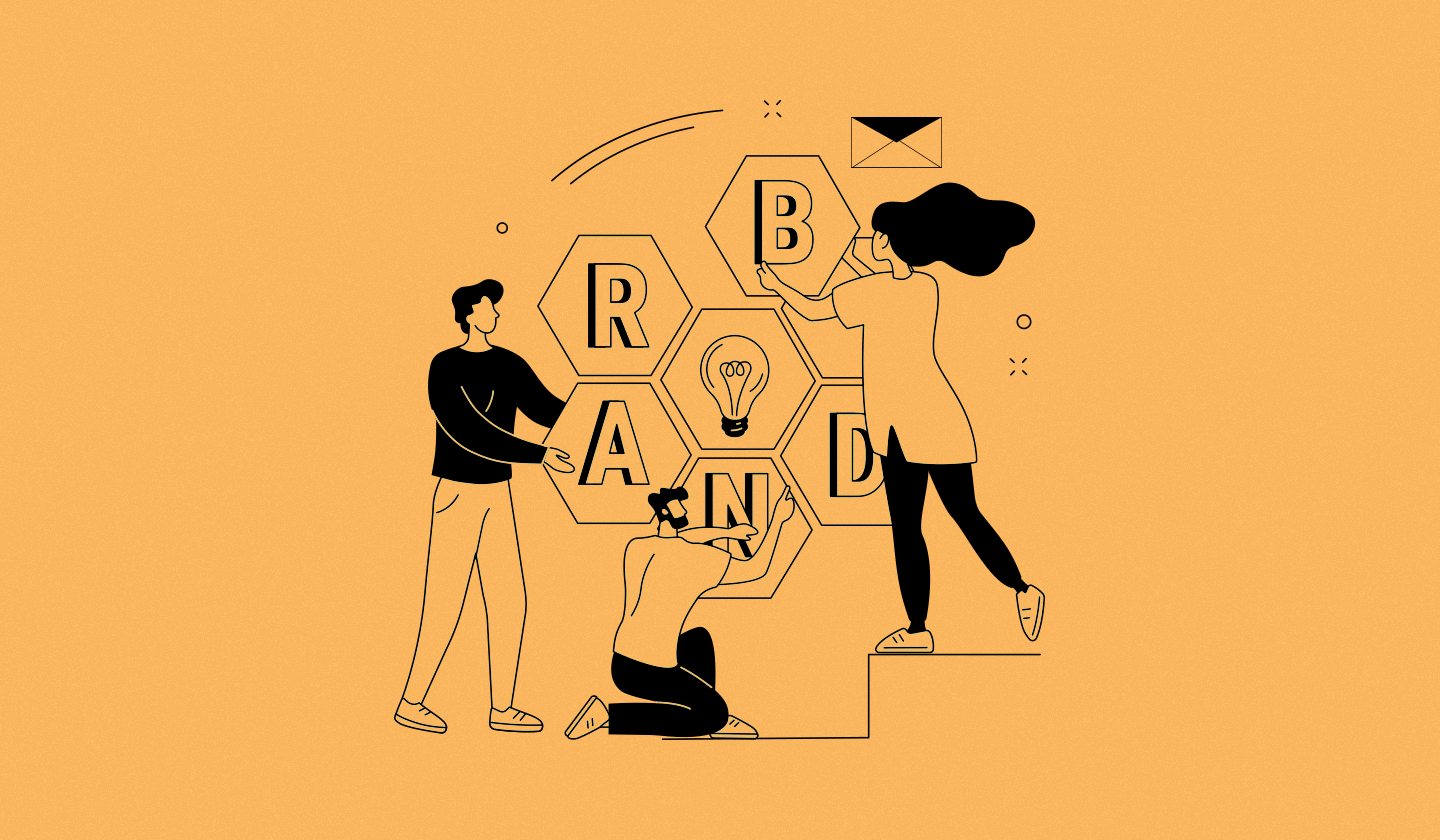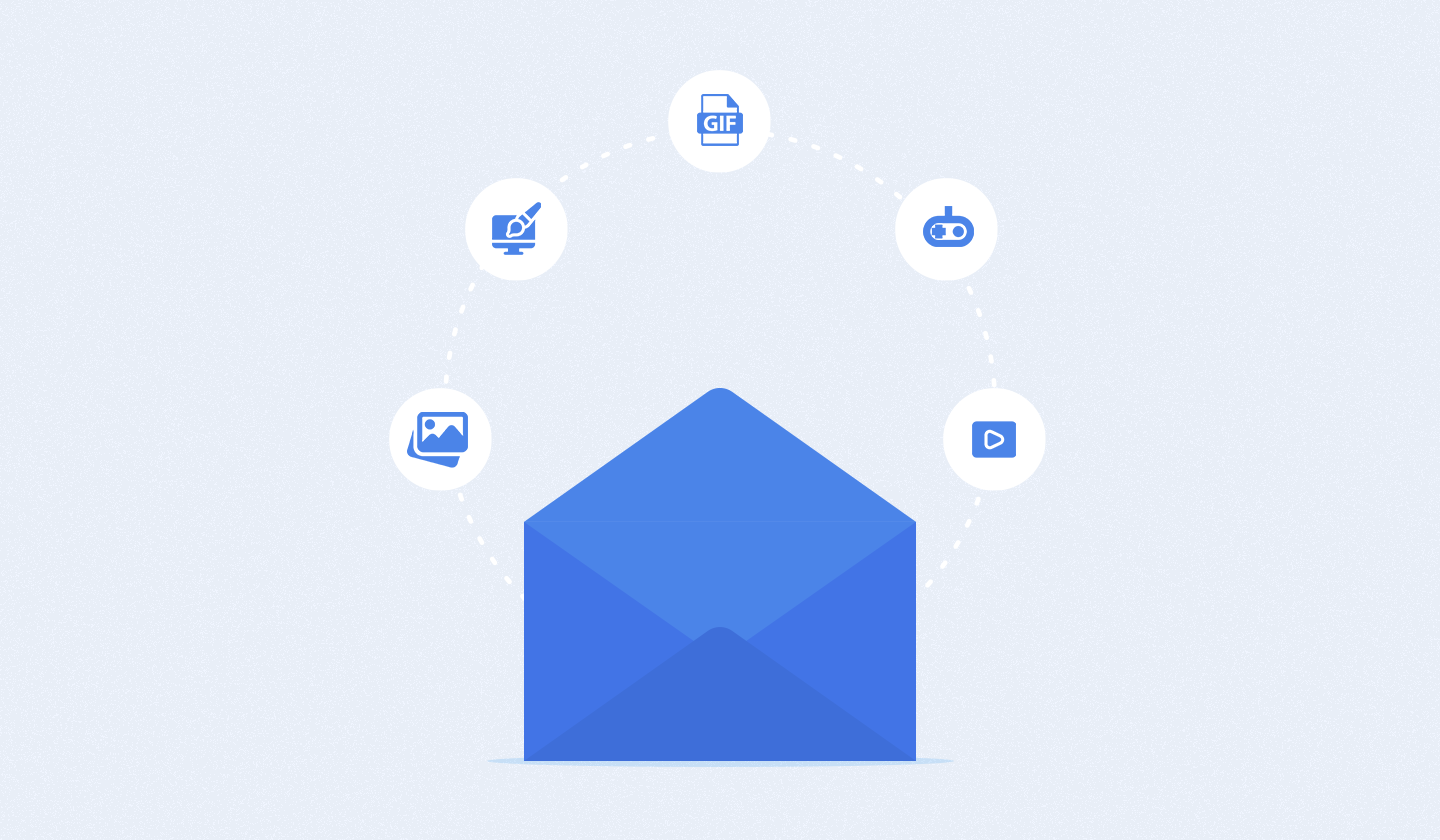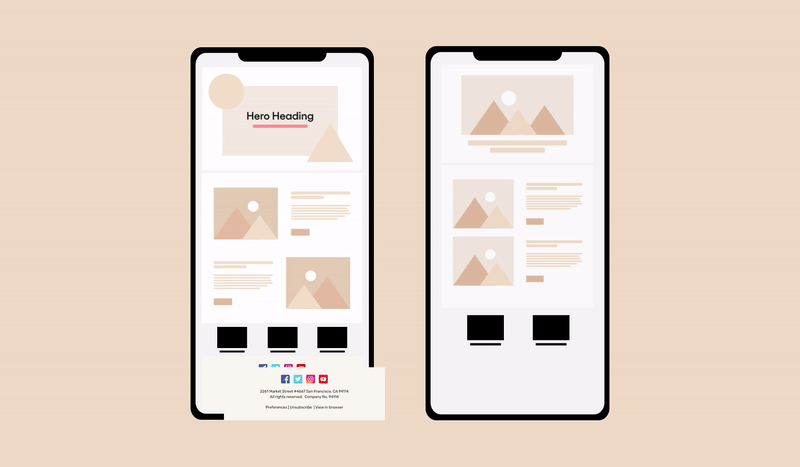Building a strong personal brand is essential for standing out in today’s competitive business landscape, and there are several ways to do that.
However, email marketing serves as a powerful tool in this endeavor, allowing you to establish meaningful connections with your audience, showcase your expertise, and cultivate trust and loyalty over time.
In this comprehensive guide, we will walk you through a step by step process to leverage email marketing effectively to enhance your personal branding efforts.
From defining your brand identity to crafting compelling content and implementing strategic email campaigns, each step is designed to help you boost your personal branding and achieve your goals.
So, let’s get started!
3 Reasons Why Email Marketing Is Crucial for Personal Branding
Email marketing is essential for personal branding due to several compelling reasons, and here are three of them:
1. Direct communication channel
Email provides a direct and personal way to connect with your audience. According to Statista, global email users are expected to reach 4.73 billion by 2026, highlighting its widespread usage and reach.

2. Showcases expertise
Through emails, you can share valuable content, insights, and expertise with your subscribers, positioning yourself as a thought leader in your industry. 69% of B2B marketers use email newsletters to nurture their audience and ultimately boost their personal branding.
One of the best examples of personal branding through emails is that of Amanda Natividad. She cultivates her personal brand through her email newsletters, offering a blend of marketing insights, original recipes, and curated links to valuable content.

3. Establishes trust and credibility
Regularly sending useful and relevant content to your subscribers demonstrates your commitment to providing them with value, which helps build trust over time. Consistency in your email communication reinforces your personal brand identity and establishes you as a reliable source of information.
8 Steps to Leverage Email Marketing for Personal Branding
Here are eight steps you can employ to grab your audience’s attention towards your personal branding via emails.

1. Define your brand identity
Defining your brand identity is crucial for effectively communicating your personal brand through emails.
👉🏽 Start by identifying your unique qualities, values, and what sets you apart from others. For example, if you're a graphic designer, your brand identity might emphasize creativity, attention to detail, and innovative design solutions.
👉🏽 Next, think about how you want to be perceived by your audience. If you aim to be seen as a reliable expert in your field, your brand identity should reflect trustworthiness, expertise, and professionalism.
👉🏽 You can also follow in the footsteps of Amanda Goetz, whose weekly email newsletter delves into topics such as personal growth, productivity, career advancement, mental health, finances, and relationships.

👉🏽 Lastly, ensure brand consistency across all your emails, including your logo, colors, and tone of voice, to reinforce your brand identity and make it easily recognizable to your audience.
👉🏽 Here is an email example from Koala Eco that demonstrates a commitment to its brand identity. They seamlessly incorporate their brand colors, logo, and other elements into their emails, effectively conveying their unique personal branding.

2. Build an email list
Building an email list to communicate your personal brand involves several key steps.
👉🏽 Identify the people who are most likely to be interested in your content or products.
👉🏽 Create sign-ups in the form of pop-ups on your website where people can subscribe to receive emails from you.
👉🏽 Offer something in exchange for their email address, such as an early-bird discount or exclusive content. For example, if you're a fitness coach, you could offer a free workout guide.
👉🏽 Next, promote your sign-up form across your online channels to attract subscribers. This could include sharing it on social media, including it in your email signature, or running paid advertising campaigns.
👉🏽 Finally, regularly engage with your subscribers by sending them relevant and valuable content that aligns with your brand. This could be updates about your work, tips and advice, or exclusive offers.
3. Craft compelling content
The content of your email is one thing that encourages your audience to open your emails, read your content, and interact with your brand. Therefore, it is important to put a lot of effort into this.
👉🏽 You can start off by creating email content that resonates with your subscribers’ needs, interests, and preferences. For example, if you're in the food industry, you could share healthy recipes, tips for maintaining a balanced diet, and advice for achieving wellness goals, just like in the email example below from Graza.

👉🏽 You can also tell a story about your brand by sharing personal anecdotes, experiences, and insights that highlight your personality and values, helping to humanize your brand.
👉🏽 Ensure your emails are concise and impactful, with every word adding value to the user experience. Avoid unnecessary fluff. Look to James Clear's email newsletters for inspiration; they are renowned for offering "The most wisdom per word of any newsletter on the web."

👉🏽 Finally, include a clear Call-to-Action (CTA) that nudges your customers to take the next step, such as visiting your website, signing up for a webinar, or making a purchase.
However, it's important to note that this element also falls under email design. So, let's move on to the next step and discuss further elements, as the design of your emails plays a crucial role in effectively boosting your personal branding.
4. Use eye-catching email design
Plain text emails have their advantage in guaranteeing maximum email deliverability. However, that doesn’t disregard the importance of visually appealing emails, which can help you grab your audience’s attention and create a more engaging experience for them.
👉🏽 To create engaging emails, you can choose an attractive email template that reflects your brand's aesthetic.
👉🏽 Then incorporate your brand colors, logo, and typography to create a cohesive look. Use images and graphics that complement your content and capture your audience's attention.
Are you looking for a one-stop solution for your email design needs?
Unlayer can help you create visually appealing emails with its easy-to-use drag and drop editor. With its intuitive interface, you can customize your emails to match your brand's style, making it easy to create visually appealing and on-brand emails.
5. Personalize your messages
Personalizing emails is crucial for effective personal branding.
Why?
It makes your content more engaging and meaningful for your audience. When you address subscribers by their name and tailor your emails according to their interests and preferences, it shows that you care about them as individuals.
This personalized approach helps to create a stronger connection between you and your audience.
It also reinforces your brand identity and values because you're delivering relevant and valuable content to your target audience.
Therefore, this approach is key to building a loyal customer base and establishing a strong personal brand.
6. Implement email automation
No one wants to create and send every email by hand. It takes time and effort to send timely and relevant emails to your subscribers this way. So, what's the answer?
It’s a powerful strategy for boosting personal branding as it allows you to deliver timely, relevant, and personalized content to your audience.
It helps you engage with your audience consistently, even when you're not actively sending emails.
For example, you can set up an automated welcome email series for new subscribers, introducing them to your brand and what you have to offer. This not only helps to make a positive first impression but also keeps your brand top-of-mind.
Moreover, automation can also be used to send personalized content based on subscriber behavior, such as abandoned cart emails or post-purchase follow-ups.
This level of personalization helps to strengthen the connection between you and your audience, ultimately enhancing your personal brand.
This is how The Sunday Collective does that with ease.

7. Monitor and analyze results
After following the six steps to boost personal branding via emails, you can monitor and analyze the results of your emails to measure their effectiveness. Here's how you can do it:
👉🏽 Keep an eye on key metrics such as click-through rates, conversion rates, bounce rates, and unsubscribe rates to understand how people are responding to your emails.
👉🏽 Integrate Google Analytics with your email marketing platform to track website traffic generated by your emails. This can help you measure the impact of your emails on driving website visits and conversions.
👉🏽 Use audience segmentation to analyze the performance of your emails among different subscriber segments. This can help you identify which types of emails resonate best with specific segments of your audience.
👉🏽 Conduct A/B tests on your emails to compare different elements such as subject lines, content, and CTAs. This helps in identifying which elements are most effective in engaging your readers.
👉🏽 Collect feedback from your subscribers through survey emails, etc. This can provide valuable insights into what your subscribers like and dislike about your emails.
By monitoring and analyzing these metrics, you can gain valuable insights into the performance of your emails and make data-driven decisions to optimize your email marketing strategy for better personal branding.
8. Iterate and improve
After analyzing the key metrics and identifying which tactics were most effective in achieving your branding goals, you can build on those strategies and keep on improving.
For example, if you found that personalized emails led to higher engagement rates, you might consider increasing the level of personalization in future emails.
Wrap Up
In conclusion, leveraging email marketing is a powerful tool for boosting your personal branding. By following the steps outlined in this guide, you're on your way to effectively connect with your audience, showcase your expertise, and strengthen your brand identity.
Remember to personalize your emails, design them to be visually appealing, and use automation to save time and effort.
By consistently delivering engaging content to your customers, you can enhance your personal brand and build a loyal following.





